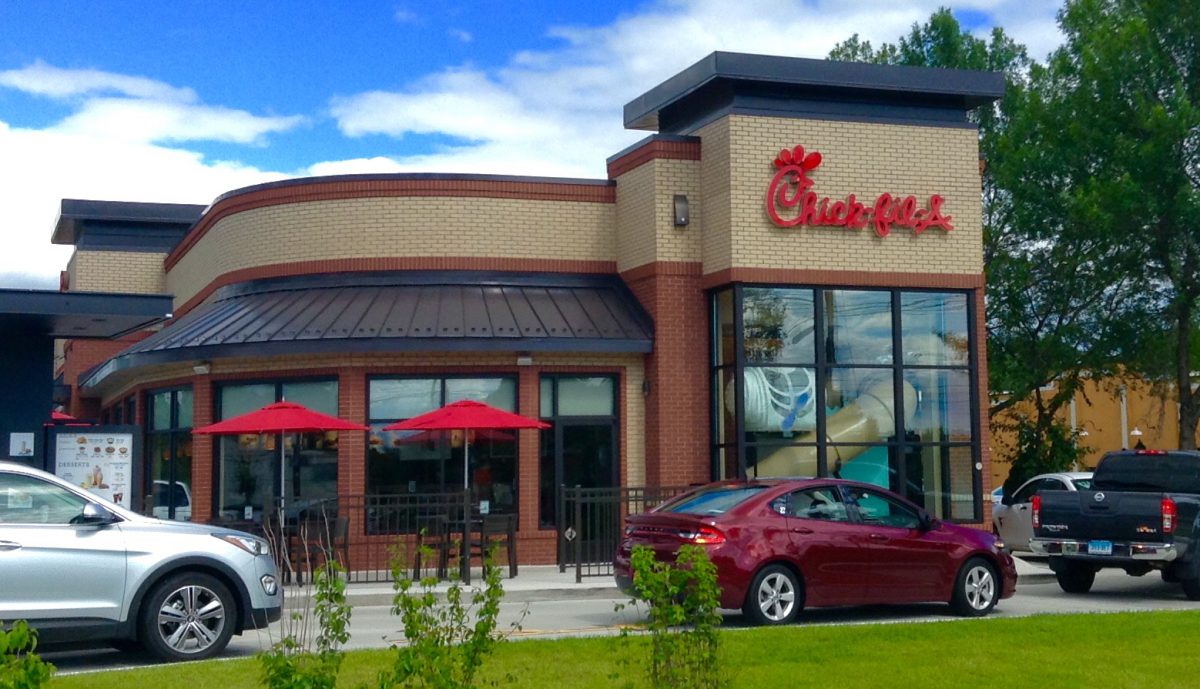What IT departments can learn from a Chick-fil-a drive thru

I’ve found that if you pay attention, there are lessons hiding almost everywhere you look. Sometimes it takes a bit to catch on, but the world is rich with things to learn.
Let’s take the standard fast food drive thru as an example.
If you go through a drive thru, the process normally goes like this:
- You get in line behind other cars and wait.
- Once it’s your turn in queue, you place your order through an intercom in front of a big menu.
- Once it’s your turn in queue, you pay for the order.
- Once it’s your turn in queue, you receive the order.
This design works pretty well, especially for restaurants that are slow to moderately busy. Because of that, it’s become the universal standard for U.S. fast food restaurants.
But if you’ve been to a Chick-fil-a lately, you may have noticed they are doing something a little different with their drive thrus.
Chick-fil-a problems
There are generally two problems I encounter at Chick-fil-a.
- I usually only think about going there on Sundays, when they are closed.
- Most Chick-fil-a franchises are ridiculously busy.
Ignoring the first, let’s talk about the second problem and its ramifications.
What do we do when we drive past a restaurant with a packed parking lot or a drive-thru line that extends into infinity? Most of us keep driving and go elsewhere.
Restaurant owners generally want their stores to be busy. More customers === more sales, after all. However, “too busy” is a problem for low-margin, competitive businesses like fast-food where you can’t throttle demand with price. Customers who go somewhere else because they don’t want to wait are lost sales.
Surviving on low-margins requires selling at scale, which an individual restaurant can address one of two ways – make the store bigger, or make the store faster.
Bigger isn’t an option most of the time. Developers cut restaurant pads in standard sizes and would rather have more tenants than sacrifice space for a fast food tenant who wanted to build a bigger store.
So that leaves faster.
The Chick-fil-a solution
A few months ago, I went to a Chick-fil-a at lunch and instead of submitting my order at the menu intercom, I was greeted by a worker with an iPad who followed along beside my car while I proceeded in line.
The rest of the process was the same as usual. I paid at the window, received my food, and drove away thinking “that was weird.”
On my next visit, the worker with the iPad took my order and my payment and printed a receipt on a mobile printer. Looking at the line of cars, I thought, “Hmm, this is actually making the line move a little faster.”
The next visit? A worker took my order and payment and provided a receipt, while following my car. Then a second worker brought my order to me while I was still in line.
During my last visit, a third worker came into the process. Worker A took my order and payment, Worker B provided me with a receipt, and Worker C brought the order to my car.
Driving away it occurred to me that at no point in the process had my car stopped. The Chick-fil-a drive-thru was a continuous flow. Their throughput at the height of lunch hour seemed to be double what it had been.
“Holy sh*t! They’re using lean for a drive-thru.”
Across all my visits I had been watching them measure, identify bottlenecks, and iterate their system.
How this applies to IT
Seeing lean concepts at work in a drive thru reinforced to me that lean design can be used for almost any process.
In the case of Chick-fil-a, they had acknowledged the exponential effects of bottlenecks and moved outside the kitchen. Everytime a car stops, even if it is just for a few seconds, adds up and impacts the overall throughput of the system. So they attacked the bottlenecks and achieved constant flow – the dream of any factory manager.
IT faces the same challenges. Ticket queues, individual resources, and manual tasks are all bottlenecks. They slow down the system, causing work to pile up, and limiting how fast the business can adapt and deliver.
The old style of managing IT was to go big and throw people at problems. “Project not going fast enough? More people.” “Tickets piling up? More people.”
No one wants to do that anymore nor are they willing to. “More people” doesn’t work, it doesn’t scale. You’re not going to get more people.
Your recourse is to work faster, which doesn’t mean cracking a whip behind your workers and yelling “Mush!” That only works temporarily and ends up costing a lot of time and money when you have to replace your team.
You move faster by embracing lean. Identify bottlenecks, resolve them, and automate or do away with the low value cruft that’s clogging up the assembly line.
Bringing lean practices and DevOps to the datacenter and app stack is only the starting point. We can bring the value of our competencies in data, processes, and automation to problems IT people have traditionally ignored.
We need to be willing to look at everything, anywhere in the business. The future of IT isn’t to go big, it’s to chop away all the small things – to help the business flow and accelerate.
Photo: Mike Mozart